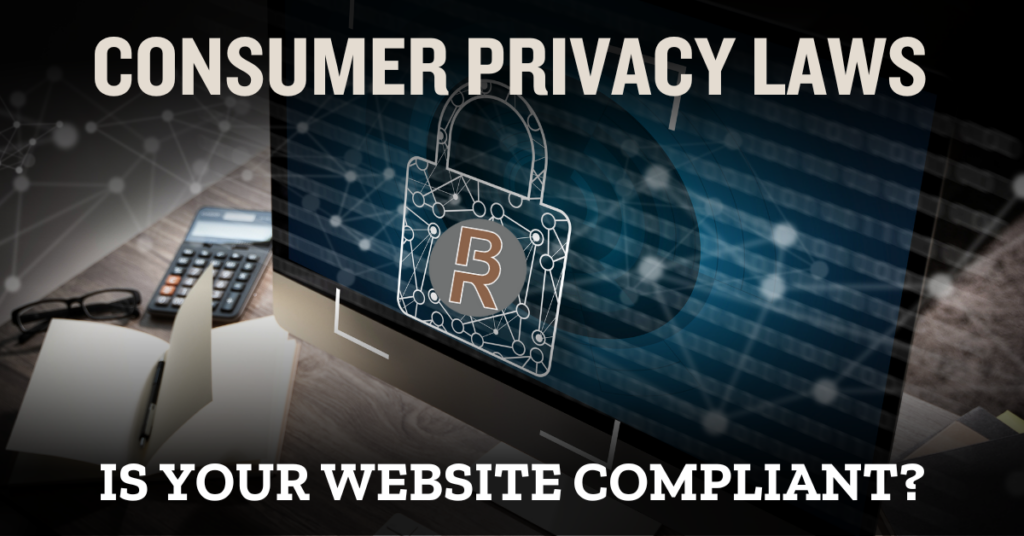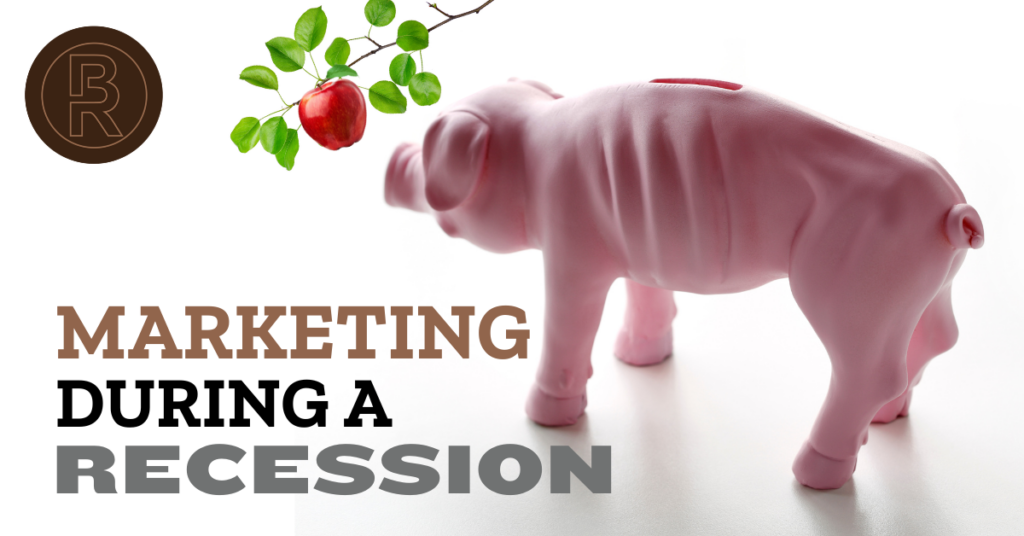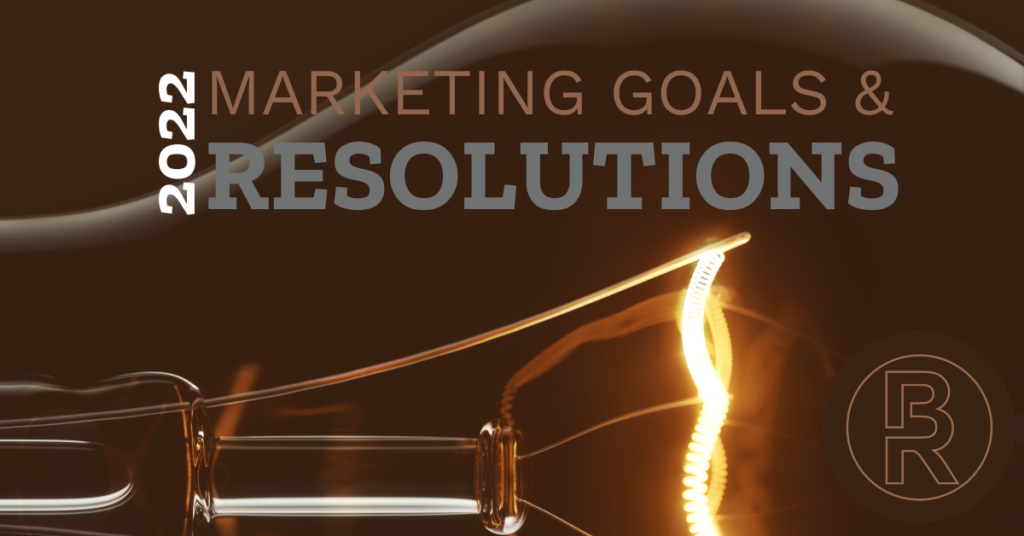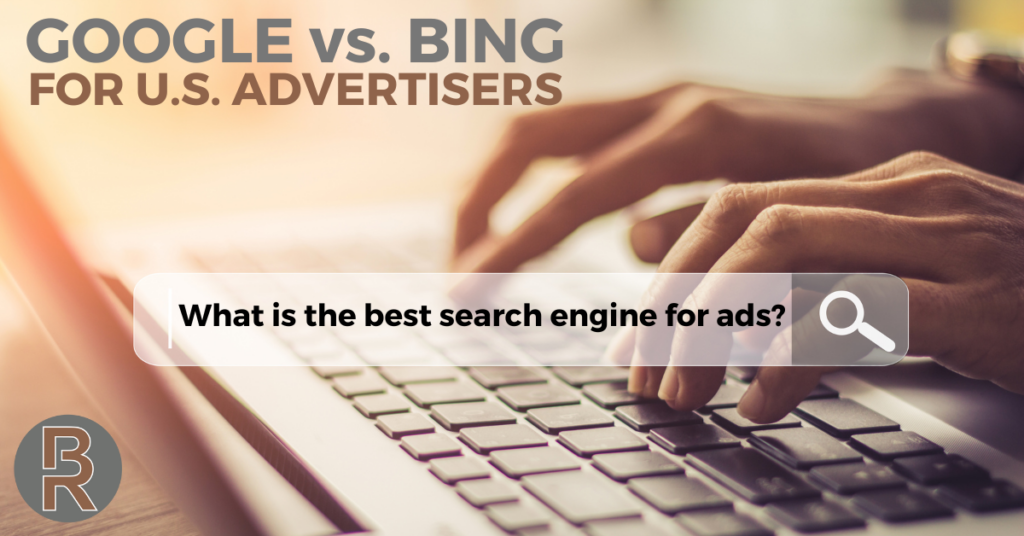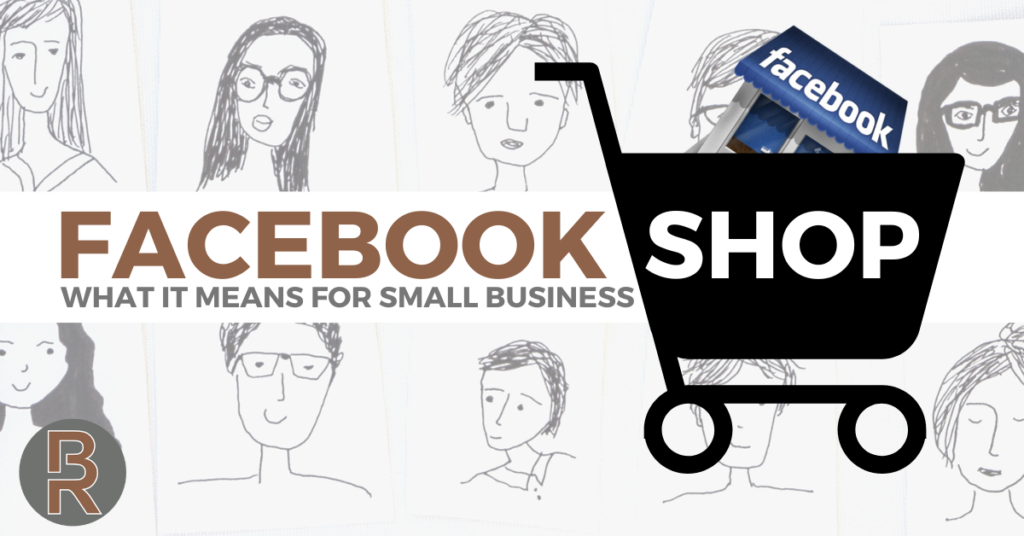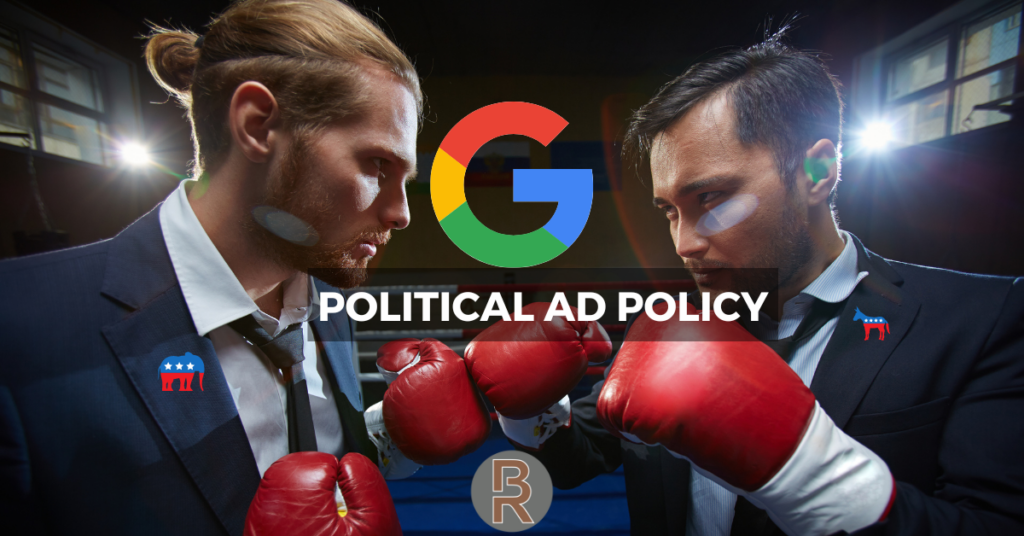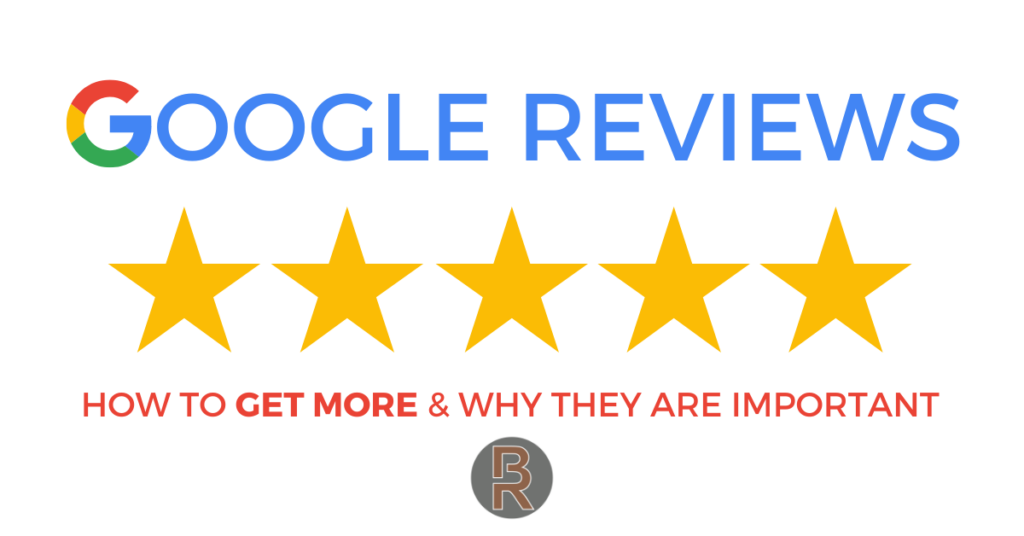Are 2023 Consumer Privacy Laws Crippling Your Lead Generation?
After the news of Sephora getting hit with a $1.2M fine from the Attorney General for violation of California’s consumer privacy laws, businesses and consumers alike are becoming more conscious of consumer data privacy laws. In the United States, there is a lack of federal consumer privacy laws which has left consumers’ information at the […]
Are 2023 Consumer Privacy Laws Crippling Your Lead Generation? Read More »

